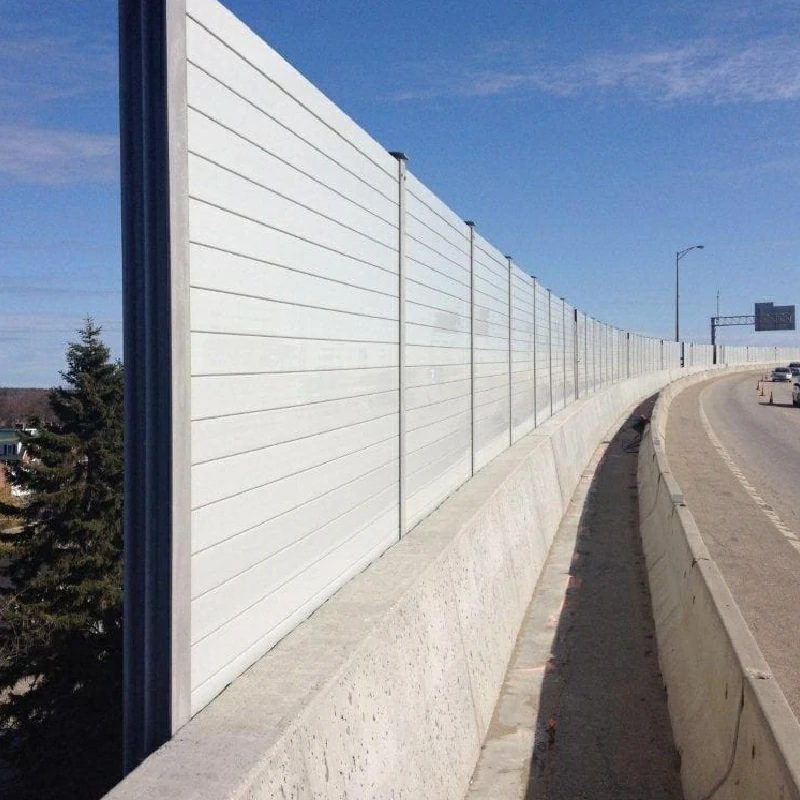Understanding the Price of Stainless Steel Grating
Stainless steel grating has become increasingly popular in various industries due to its durability, aesthetic appeal, and resistance to corrosion. Commonly used in construction, manufacturing, and even in residential settings, the price of stainless steel grating can vary based on several factors. This article delves into those factors, helping consumers understand why prices may fluctuate and what to consider when purchasing stainless steel grating.
Factors Influencing Stainless Steel Grating Prices
1. Material Quality The type of stainless steel used in the grating significantly impacts its price. There are various grades of stainless steel, such as 304 and 316. Grade 304 is often more affordable and suitable for general applications, while Grade 316, which contains molybdenum for increased corrosion resistance, is typically pricier. When exploring grating options, it's essential to consider the environment where it will be used—marine or industrial settings may require the more expensive 316 grade due to its higher resistance to harsh conditions.
2. Manufacturing Process The method of production also affects the cost. Stainless steel grating can be manufactured through various techniques, including welding and press-locked methods. Welded grating tends to be stronger and more durable, leading to a higher price point. On the other hand, pressed grating may be less expensive but could sacrifice some strength and longevity.
3. Grating Type and Design There are several types of stainless steel grating available—bar grating, welded mesh, and decorative grating, among others. Each type comes with different design patterns and spacing, which can influence the pricing. Custom designs and sizing requests typically incur additional costs.
stainless steel grating price

4. Finish and Coating Stainless steel grating can come with a variety of finishes, such as mill finish, galvanized, or powder-coated options. A mill finish is the most basic and cost-effective, while powder-coated finishes provide additional protection and aesthetic appeal, raising the overall price. Understanding your project requirements will help you decide which finish aligns with your budget and functionality needs.
5. Thickness and Load Requirements The thickness of the grating bars and its load capacity can greatly influence the cost. Thicker and more robust grating is necessary for heavy-duty applications, leading to higher prices. It's crucial to assess the load-bearing requirements of your project to ensure you choose the appropriate type of grating without overspending.
6. Market Demand and Supply Like many commodities, the price of stainless steel grating can be affected by market forces. Economic fluctuations, changes in the cost of raw materials, and shifts in demand can all lead to price variations. It's wise to keep an eye on market trends when planning a large purchase.
7. Supplier and Location Finally, the supplier's pricing strategy and your geographical location can affect the overall cost. Different suppliers may offer varying prices based on their sourcing, inventory levels, and shipping costs. It's advisable to obtain quotes from multiple suppliers and consider any hidden fees related to shipping or handling.
Conclusion
When considering the purchase of stainless steel grating, understanding the various influencing factors can help you make informed decisions. Prices can vary widely based on material quality, manufacturing processes, design types, and market conditions. By carefully evaluating your specific needs and comparing options, you can choose the best stainless steel grating solution that meets both your budget and application requirements. As you embark on your journey to find the right grating, remember that investing in high-quality materials will ultimately lead to better performance and longevity, saving you money in the long run.
-
Why Galvanized Trench Cover Steel Grating Resists Corrosion
NewsJul.10,2025
-
The Versatility and Strength of Stainless Expanded Metal Mesh
NewsJul.10,2025
-
Load Calculations in Steel Grating Platforms
NewsJul.10,2025
-
Keeping Pets and Kids Safe with Chicken Wire Deck Railing
NewsJul.10,2025
-
Hole Diameter and Pitch for Round Perforated Metal Sheets
NewsJul.10,2025
-
Aluminium Diamond Mesh in Modern Architecture
NewsJul.10,2025
Subscribe now!
Stay up to date with the latest on Fry Steeland industry news.

